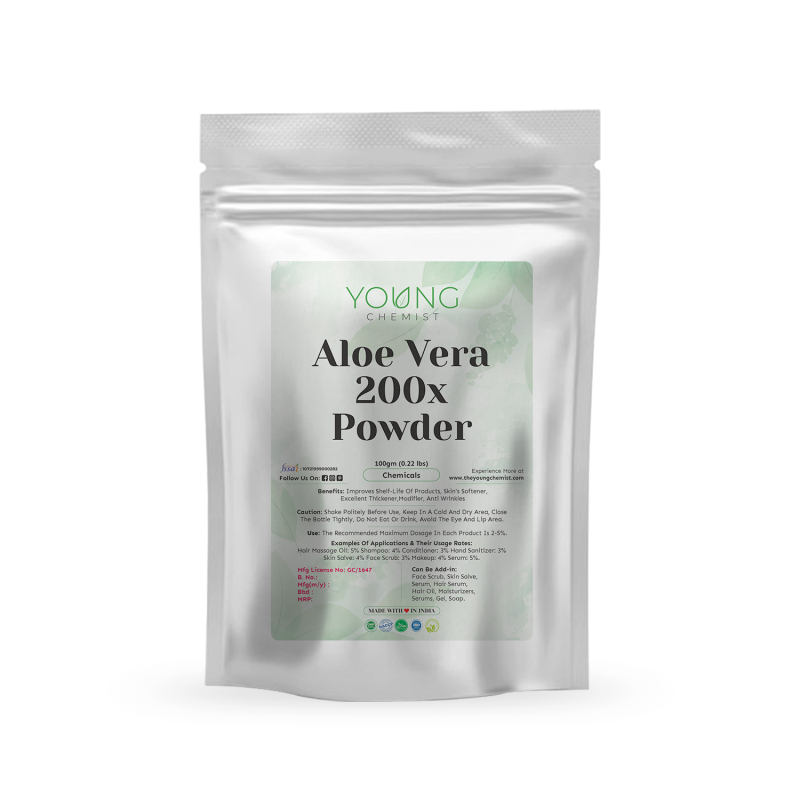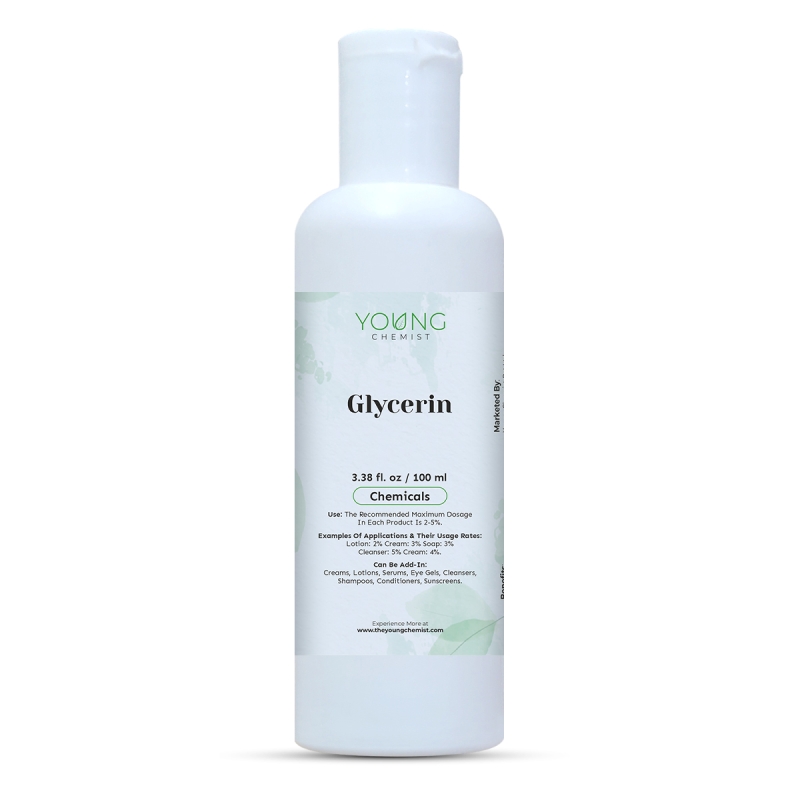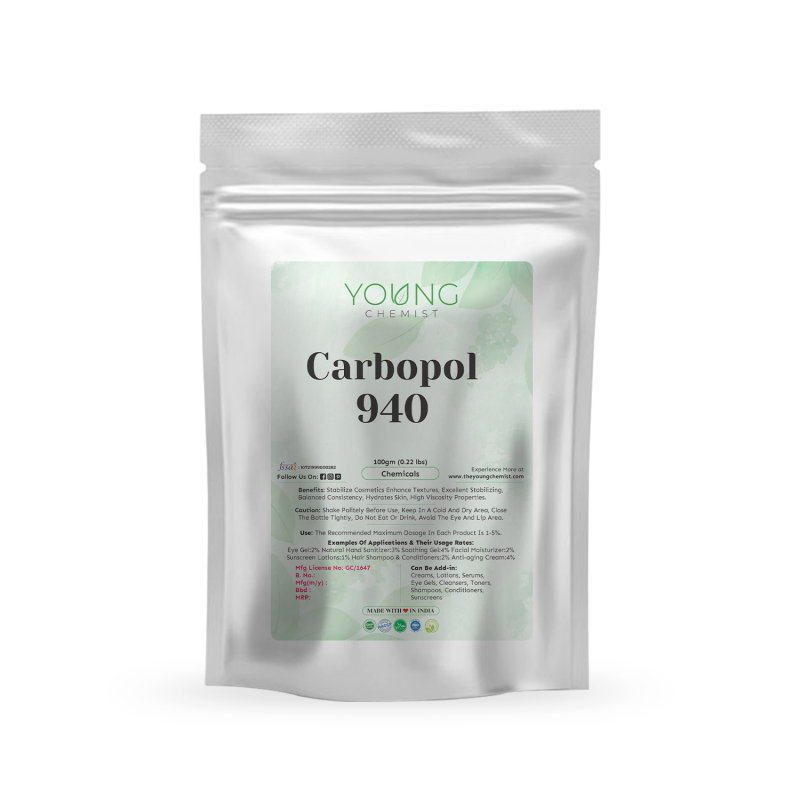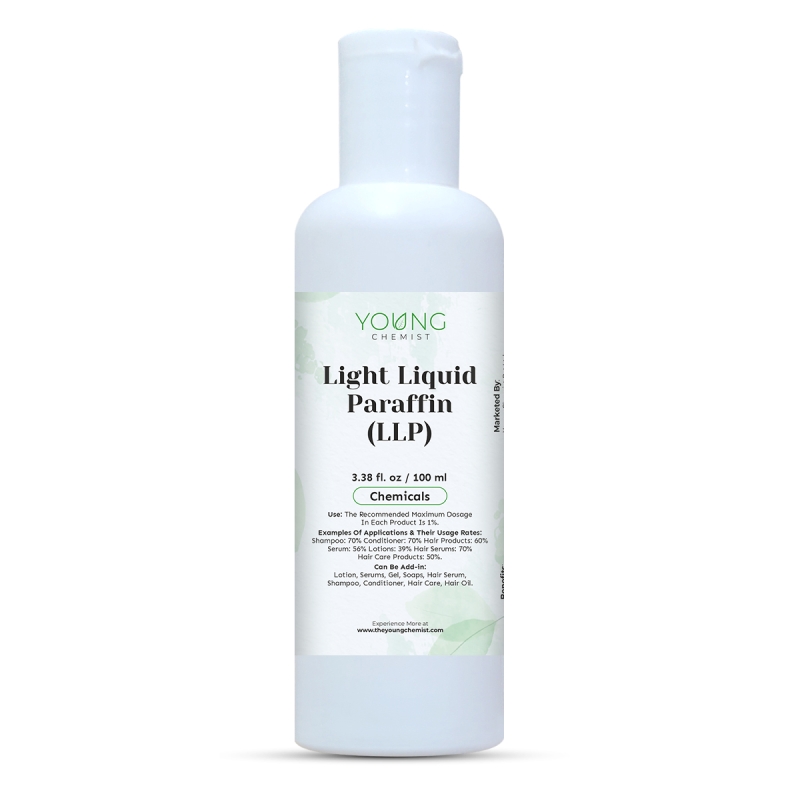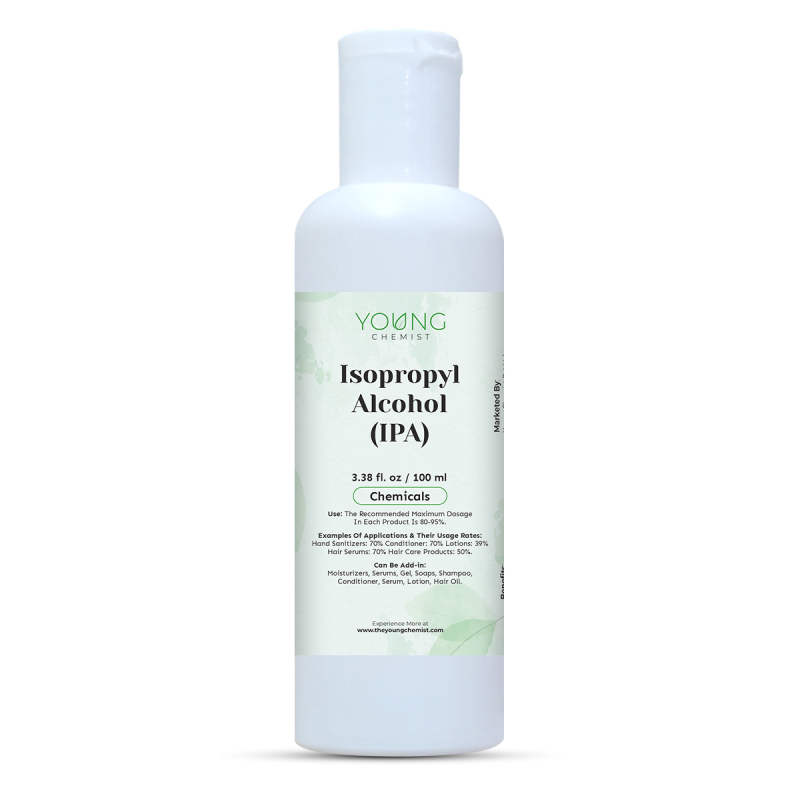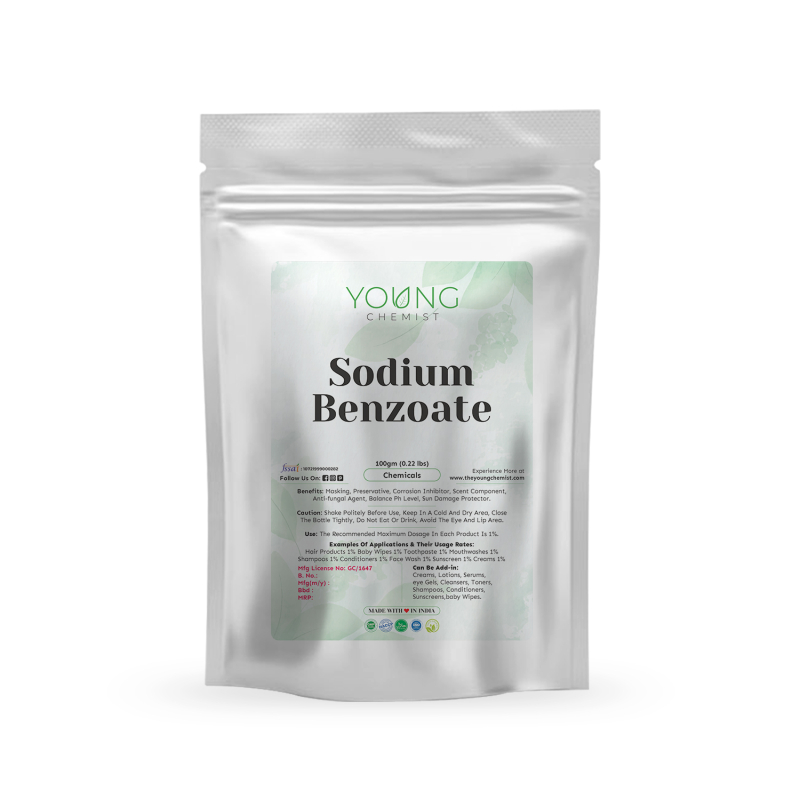-
No Item Added in Cart.
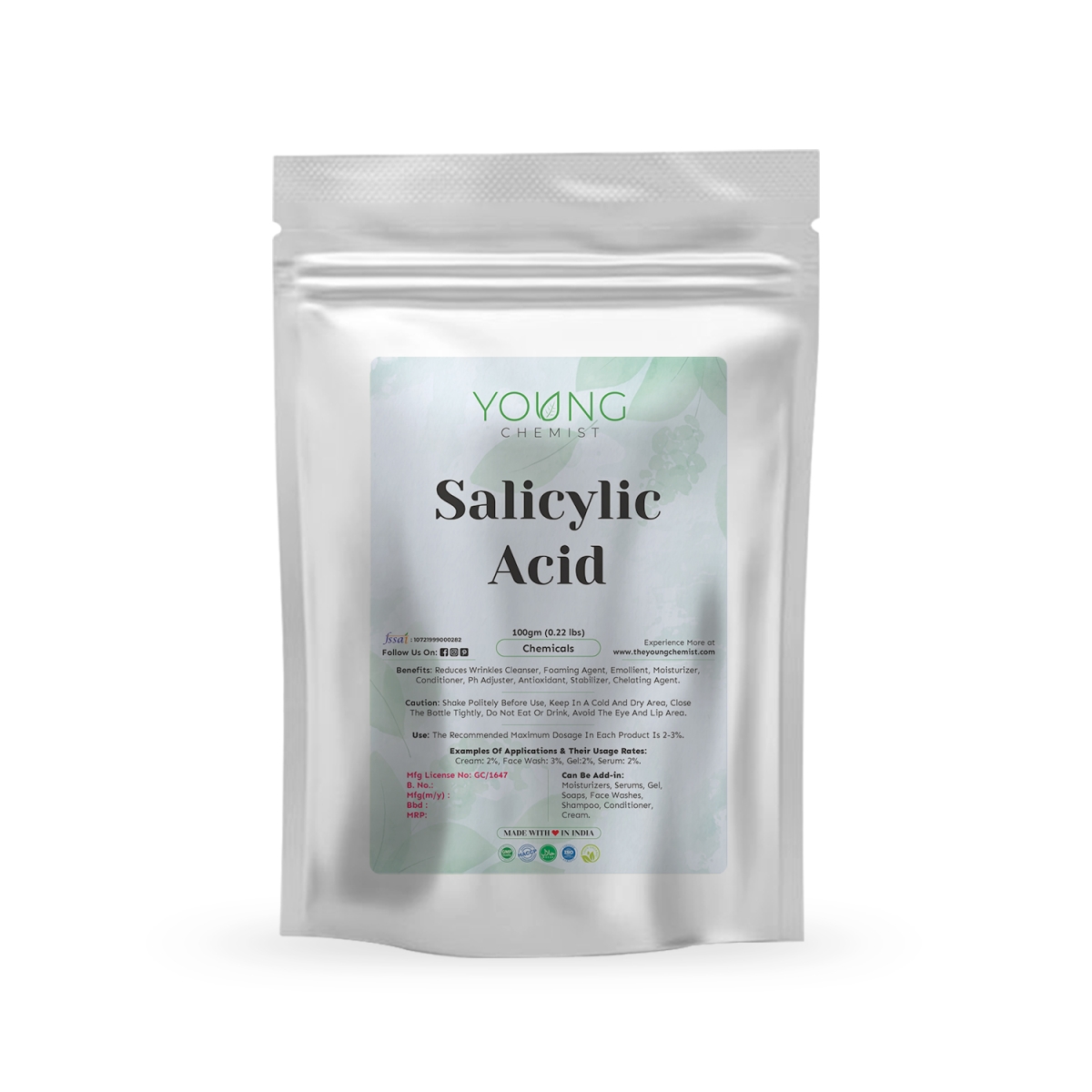
Salicyclic Acid
SKU: CC-AIA-SLCA
Size

40 customers are viewing this product



Salicylic acid is a commonly used cosmetic chemical known for its beneficial properties in skincare. It is a beta-hydroxy acid (BHA) that helps exfoliate the skin and unclog pores, making it a popular ingredient in products targeting acne, blemishes, and other skin issues
| Title | Description |
|---|---|
| No specifications available. | |
- Patch test: Before using any product containing salicylic acid, it is advisable to perform a patch test on a small area of skin to check for any adverse reactions or sensitivity.
- Cleansing: Start with clean, dry skin. Use a gentle cleanser to remove any makeup, dirt, or impurities from the face.
- Application: Apply a thin layer of the product containing salicylic acid to the affected areas or the entire face, depending on the product's instructions. Avoid the eye area and any open wounds.
- Frequency: Follow the recommended usage instructions on the product label. Salicylic acid products are typically applied once or twice daily.
- Sun protection: Salicylic acid can increase skin sensitivity to the sun, so it is crucial to apply a broad-spectrum sunscreen with at least SPF 30 before sun exposure.
- Exfoliation: Salicylic acid effectively removes dead skin cells, allowing for the regeneration of new skin cells. This exfoliating action helps improve skin texture, leaving it smoother and brighter.
- Acne treatment: Salicylic acid penetrates the pores and helps to dissolve excess oil and debris, reducing the formation of acne-causing bacteria. It also helps to unclog pores, preventing new breakouts.
- Blemish reduction: Salicylic acid has anti-inflammatory properties, which can help reduce redness and swelling associated with blemishes and pimples.
- Even skin tone: Regular use of salicylic acid can help fade hyperpigmentation and discoloration, resulting in a more even skin tone.
- Sensitivity: Some individuals may be sensitive or allergic to salicylic acid. If you experience any signs of irritation, such as redness, itching, or swelling, discontinue use immediately and consult a dermatologist.
- Overuse: It is essential not to overuse salicylic acid, as it may cause excessive dryness or peeling. Follow the recommended application frequency and adjust usage if necessary.
- Pregnancy and breastfeeding: If you are pregnant or breastfeeding, it is advisable to consult with a healthcare professional before using products containing salicylic acid.
- Interaction with other products: Salicylic acid may interact with certain medications or skincare ingredients. If you are using other topical medications or have specific skin conditions, consult a dermatologist to ensure compatibility and prevent potential adverse reactions.
Remember, the information provided here is general and may vary depending on the specific product or brand. Always read and follow the instructions and warnings provided by the manufacturer for the particular salicylic acid product you are using.

Swati Patidar
Product Questions
Salicylic Acid is a type of beta hydroxy acid (BHA) that helps exfoliate the skin by dissolving dead skin cells and unclogging pores. It’s especially effective for treating acne because it penetrates deep into the pores, reducing oil build-up and preventing breakouts.
Anyone dealing with acne, blackheads, or oily skin can benefit from using Salicylic Acid products. It’s great for people who want to reduce breakouts, improve skin texture, and minimize the appearance of pores.
It depends on your skin type and the concentration of Salicylic Acid in the product. Most people can use it once daily, but if you have sensitive skin, start by using it every other day and gradually increase to daily use if your skin tolerates it well.
Yes, but with caution! Salicylic Acid works well with ingredients like niacinamide and hyaluronic acid. However, avoid using it with strong acids like glycolic or retinoids at the same time, as this can irritate the skin. It’s best to use them at different times of the day.
When you first start using Salicylic Acid, you may experience a mild tingling sensation or slight dryness. This is normal as your skin adjusts. Make sure to moisturize regularly and apply sunscreen during the day, as Salicylic Acid can make your skin more sensitive to the sun.
Yes, you can, but choose a product with a lower concentration of Salicylic Acid (like 0.5% to 1%) and start slowly. Test it on a small area of skin first and use it less frequently, such as every few days, to see how your skin reacts.
Results vary from person to person, but you may start noticing clearer skin and fewer breakouts within a few weeks of consistent use. For best results, continue using the product as part of your regular skincare routine.
Most people tolerate Salicylic Acid well, but some might experience dryness, peeling, or redness, especially if they use too much or have sensitive skin. If you notice severe irritation, stop using the product and consult a dermatologist.
It’s best to consult your doctor or dermatologist before using Salicylic Acid products if you are pregnant or breastfeeding. They can provide guidance based on your specific situation.
It depends on your skin needs! Cleansers with Salicylic Acid are great for daily use to keep pores clean. For targeted treatment, consider a spot treatment or serum. If you have oily skin, a toner with Salicylic Acid can help control excess oil throughout the day.
Reviews (1)

Swati Patidar

